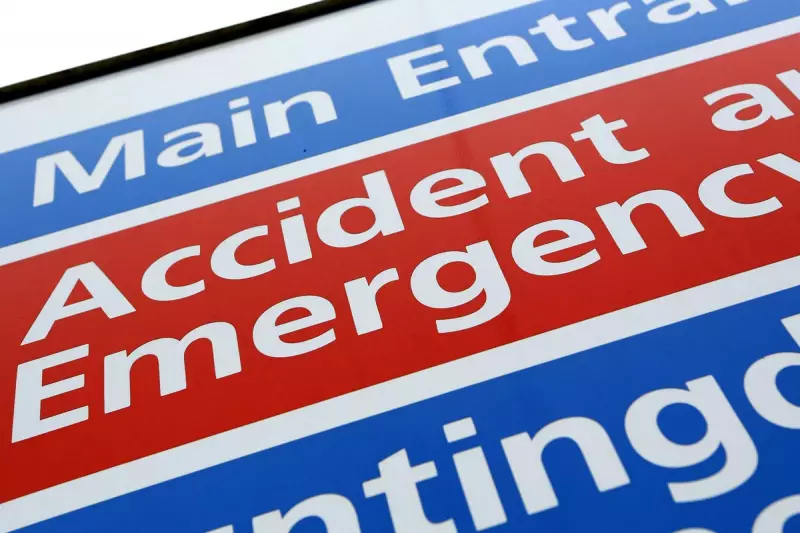
Disturbing new figures have exposed a deepening crisis in children's emergency care across England, with young patients facing dangerously prolonged waits in overwhelmed A&E departments.
Official NHS data reveals that thousands of children are experiencing waits exceeding 12 hours in emergency rooms, raising serious concerns about patient safety and hospital capacity during what medical professionals describe as an exceptionally challenging winter period.
Alarming Statistics Paint Grim Picture
The numbers tell a worrying story: nearly 5,000 children waited over 12 hours in major emergency departments during November alone. This represents a significant deterioration from pre-pandemic levels and highlights the immense pressure on paediatric services.
Dr. Camilla Kingdon, President of the Royal College of Paediatrics and Child Health, expressed grave concern, stating: "These figures are deeply worrying. Prolonged waits in A&E can be particularly distressing for children and their families, and in some cases, can lead to deterioration in a child's condition."
System-Wide Pressures Mounting
The crisis extends beyond emergency departments, with children's wards operating at near-full capacity and significant delays in transferring patients to appropriate specialist units. Medical leaders attribute the situation to multiple factors:
- Rising respiratory illnesses among children
- Staffing shortages across paediatric services
- Delayed discharges due to social care pressures
- Increased complexity of cases presenting at A&E
Government Response Under Scrutiny
Health officials have acknowledged the challenges, with an NHS England spokesperson commenting: "The NHS is seeing significant demand for urgent and emergency care, with the latest data showing our staff faced the busiest November ever for A&E attendances."
However, healthcare leaders are calling for more substantial intervention, warning that without additional support and resources, the situation could deteriorate further during the peak winter months.
The data serves as a stark reminder of the ongoing pressures facing the NHS and raises urgent questions about how to better protect the most vulnerable patients in our healthcare system.





